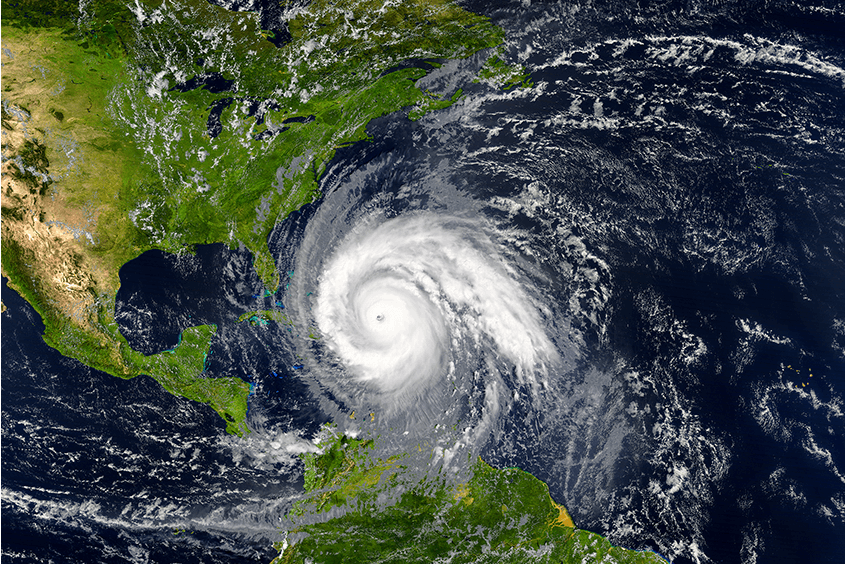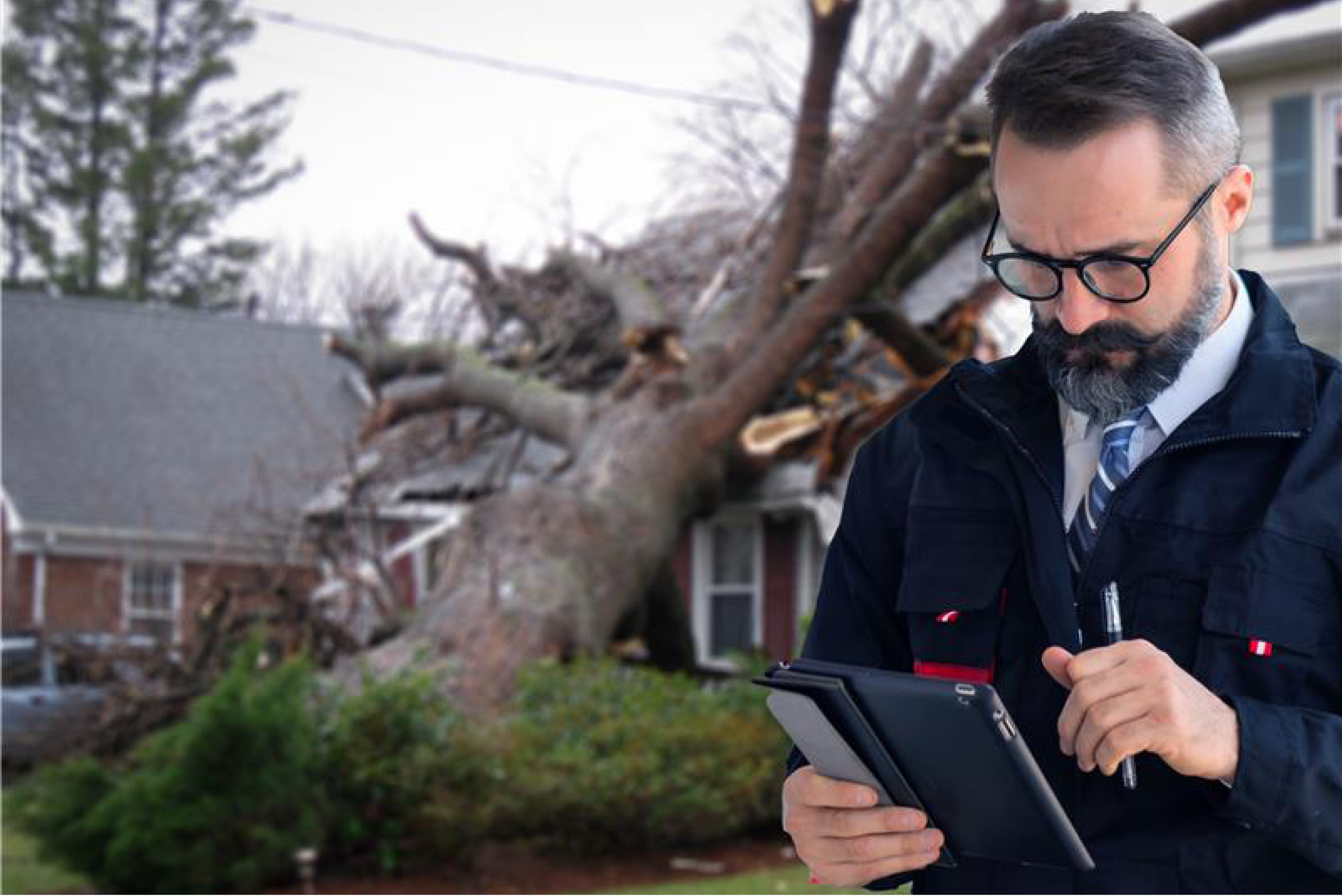Simulating the Unthinkable: Lessons from Our 2024 Mock Catastrophe Event
May 15th 2025
When catastrophe strikes, there’s no time to waste. Rapid response, seamless coordination, and strategic resource deployment can make the difference between chaos and control. That’s why our team annually conducts a large-scale mock catastrophe (CAT) event—this year simulating the aftermath of a major earthquake. The goal: pressure-test every part of our response strategy and identify ways to improve before a real disaster hits.
The Scenario
On April 3, 2024, we simulated a high-magnitude earthquake, bringing together internal teams, field personnel, and client representatives. From call centers to claims accounting, every unit enacted their catastrophe plans, responding in real time as the scenario evolved.
Departments in Action
Each department had clearly defined roles and responsibilities:
- Claims Accounting: Verified funding levels, ensured claims could be paid, and coordinated requests for additional funds.
- Operations: Partnered with First Notice of Loss (FNOL) teams to maintain service continuity and staffing levels.
- Business Systems & Data: Provided system access to temporary adjusters, maintained uptime during extended hours, and managed client data and reporting.
- Field Services: Deployed appraisers to the simulated disaster zone for on-site damage inspections.
- Property Management Teams: Assured adequate staffing and expertise for residential and commercial claims.
- Licensing & Compliance: Secured emergency licenses for surge staff brought in to meet excess demand.
Challenges That Shaped Us
Even in a simulation, complex challenges arose—mirroring what we might face in a real-world CAT response. For example:
- Estimating Claim Volume: Without real-time data, projecting claim volume was difficult. By partnering with clients to access current geo-located policies in force (PIF) and using earthquake modeling software, we created more realistic scenarios and resource plans.
- Damage Variability: Severity varied widely by region, making it hard to prioritize. We tackled this using fly-over photography, field appraiser reports, and early policyholder communication to focus our resources where they were needed most.
- Access Barriers: In high-impact zones, access was limited. Virtual inspection tools and policyholder-uploaded photos enabled remote assessments and helped keep claims moving forward.
Tools that Made a Difference
Two critical tools enhanced our response:
- Underwriting Tool with Photo Upload Capabilities: Clients gave examiners access to this system, allowing policyholders to upload damage images directly. This made remote assessments and reserve recommendations more accurate—and faster.
- Earthquake-Specific Inspection Checklist: Used by field appraisers, this checklist helped document damage and ensured consistent, thorough evaluations in the field.
Why Client Involvement Matters
This exercise was a true partnership. Clients brought real data, real plans, and real expectations. Their participation made the simulation more authentic and effective—enabling both sides to refine coordination strategies and gain insight into each other’s processes.
In particular, overlaying client-provided PIF data with modeled earthquake projections gave us an accurate picture of how a real event could impact their book of business. This insight is essential for deploying resources strategically and providing timely service to affected policyholders.
Lessons Learned & What’s Next
Every CAT event teaches us something new. Here’s what we’re carrying forward:
- Modeling Must Come First: Accurate modeling at the outset improves resource planning, claim reserving, and communication.
- Virtual is Vital: When physical access is limited, digital tools help maintain service levels and speed up claims.
- Preparation is a Team Sport: Coordination between departments—and with clients—ensures we’re aligned when every second counts.
Next time, we plan to integrate earthquake modeling directly into our pre-event planning using PIF overlays. We’re also developing enhanced resources for our field appraisers, including FAQs and updated inspection guides.
Conclusion
The 2024 mock earthquake event reinforced a powerful truth: being prepared isn’t just about having a plan—it’s about testing it. This simulation brought together every part of our organization in a unified response, highlighting our strengths and surfacing new opportunities to improve. It also deepened our relationships with clients, who are just as invested in preparedness as we are.
As we head into our next simulation this May, we’re more equipped—and more aligned—than ever before.
-
February 5th 2025
2024 CAT Season Recap: A Year of Unprecedented Storms & Lessons Learned
The 2024 Atlantic hurricane season will be remembered as one of the most…
-
September 16th 2024
Harnessing CAT Modeling & Climate Change: Insights from Ben Conrad
Catastrophic (CAT) modeling, the process of predicting the financial impact of natural disasters,…
-
April 22nd 2025
The Importance of Proactive CAT Claims Management
Efficient claims management during CAT events is crucial, not only for fulfilling obligations…



